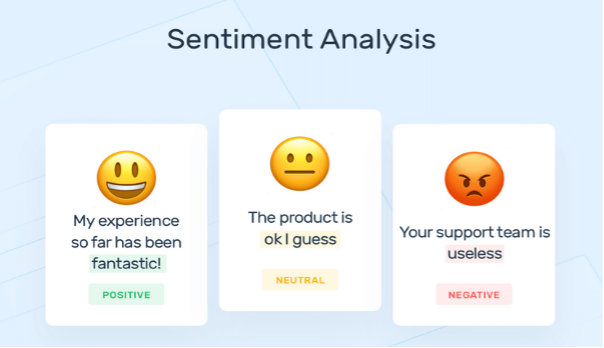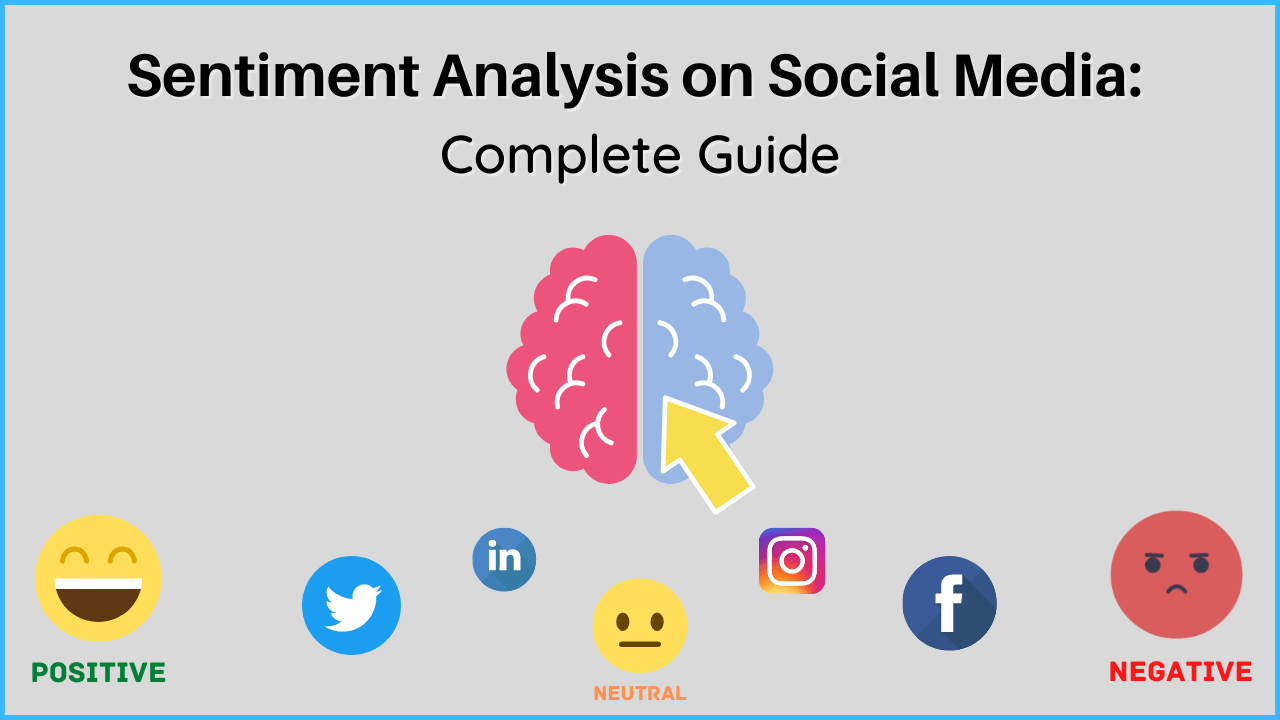In today’s digitally connected world, social media has become an integral part of our lives. With millions of users sharing their thoughts, opinions, and experiences online, it’s no surprise that businesses, researchers, and individuals are keen on understanding the sentiment behind these interactions. This is where sentiment analysis comes into play. In this article, we will explore the fascinating realm of sentiment analysis for social media, its importance, methods, challenges, and real-world applications.
What is Sentiment Analysis for Social Media?

Sentiment analysis, also known as opinion mining, is a natural language processing (NLP) technique that involves analyzing and determining the emotional tone behind a piece of text. It aims to classify text as positive, negative, or neutral, providing insights into the sentiment of the author.
Importance of Sentiment Analysis in Social Media
Understanding sentiment in social media is crucial for various reasons. Businesses can gauge customer satisfaction, researchers can study public opinions, and individuals can gain insights into trends and discussions.
Methods of Sentiment Analysis
There are several methods for sentiment analysis, ranging from simple lexicon-based approaches to complex machine learning and deep learning techniques.
1. Lexicon-Based Approaches
Lexicon-based approaches involve analyzing text based on predefined sentiment scores of words. These scores are compiled into sentiment dictionaries, which assign values to words based on their emotional connotations.
2. Machine Learning Techniques
Machine learning models are trained on labeled datasets to predict sentiment. Support Vector Machines (SVM), Naive Bayes, and Random Forest are common algorithms used for sentiment classification.
3. Deep Learning Methods
Deep learning, a subset of machine learning, employs neural networks to automatically learn features from data. Recurrent Neural Networks (RNNs) and Transformer models like BERT have shown promising results in sentiment analysis.
Challenges in Sentiment Analysis
Sentiment analysis faces challenges due to the complexity of language and the ever-evolving nature of digital communication.
1. Context and Sarcasm
Context and sarcasm can lead to misinterpretation of sentiment. For instance, a sarcastic comment might be classified as positive if taken at face value.
2. Multilingual Sentiment Analysis
Different languages express emotions differently, making sentiment analysis in multilingual environments challenging.
3. Handling Emojis and GIFs
Emojis and GIFs add layers of complexity to sentiment analysis, as their meanings can be subjective and context-dependent.
Applications of Sentiment Analysis in Social Media
Sentiment analysis has a wide range of applications in the social media landscape.
1. Brand Reputation Management
Companies use sentiment analysis to monitor and manage their online reputation, addressing negative feedback and enhancing customer satisfaction.
2. Understanding Customer Preferences
By analyzing sentiments, businesses can gain insights into customer preferences, enabling them to tailor their products and services accordingly.
3. Political Sentiment Tracking
During elections and political events, sentiment analysis helps track public opinions and predict trends, aiding politicians in devising effective strategies.
Ethical Considerations
As sentiment analysis becomes more prevalent, ethical concerns arise regarding privacy, bias, and consent. Ensuring responsible use of data is essential.
Future Trends
The future holds exciting possibilities for sentiment analysis, including improved accuracy, better handling of context, and enhanced multilingual capabilities.
Conclusion
In conclusion, sentiment analysis for social media has transformed the way we understand and interact with the digital world. By delving into the nuances of human emotions expressed online, sentiment analysis empowers businesses, researchers, and individuals to make more informed decisions and create meaningful connections. As technology continues to evolve, so too will the capabilities of sentiment analysis, ushering in a future where our digital interactions are understood on a deeper level.
Ready to harness the power of sentiment analysis for your business? Request a demo from AIM Technologies today!
FAQs
Can sentiment analysis accurately interpret sarcasm?
- Yes, some advanced sentiment analysis models can detect sarcasm based on context and linguistic cues.
How does sentiment analysis benefit marketing campaigns?
- Sentiment analysis helps marketers understand customer feedback and preferences, enabling them to tailor their campaigns for better engagement.
Is sentiment analysis limited to text-based content only?
- No, sentiment analysis can also be applied to audio and visual content, such as analyzing the emotions conveyed in videos or podcasts.
What role does sentiment analysis play in the finance industry?
- Sentiment analysis is use in finance to analyze market sentiments and predict stock price movements based on news and social media reactions.
How can individuals use sentiment analysis in their personal lives?
- Individuals can use sentiment analysis to track their emotional well-being by analyzing their own social media posts and interactions.


